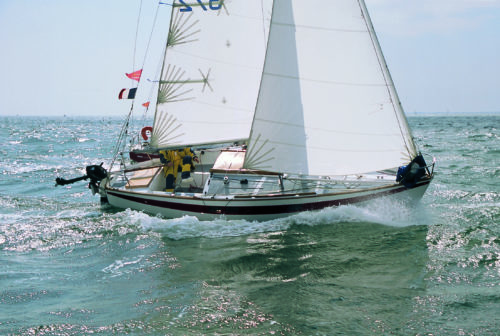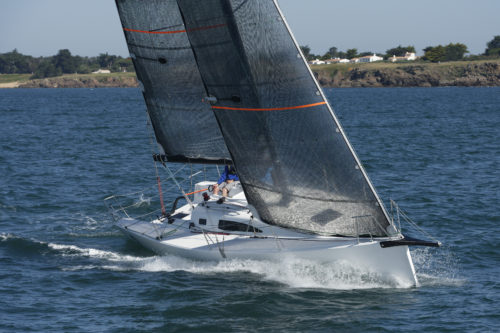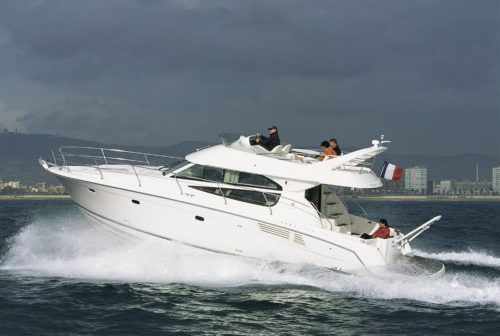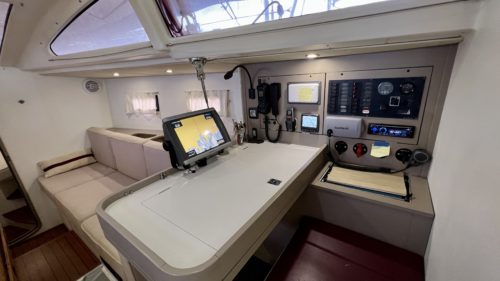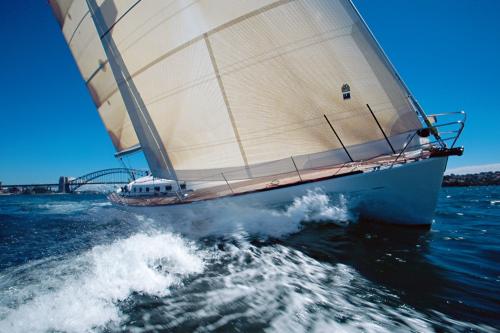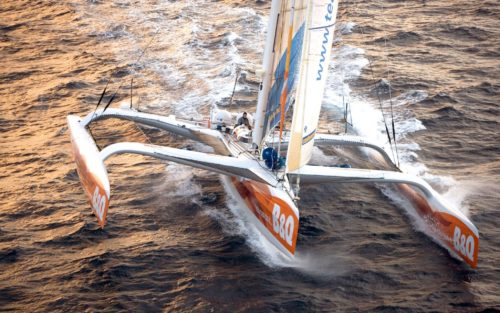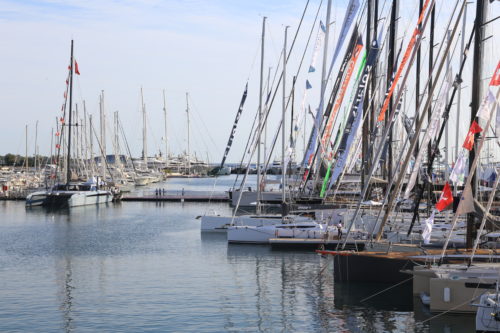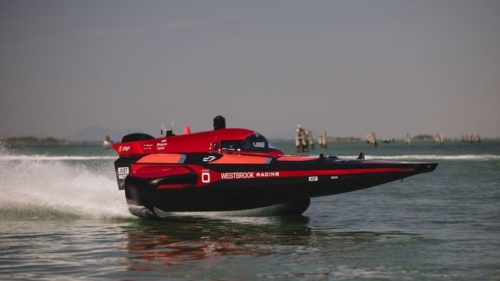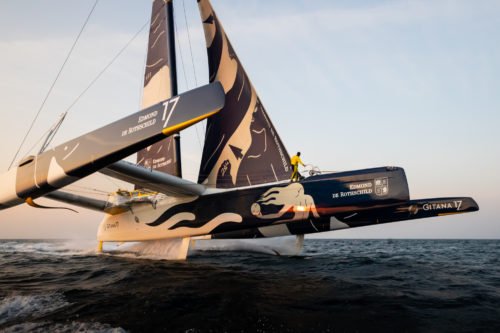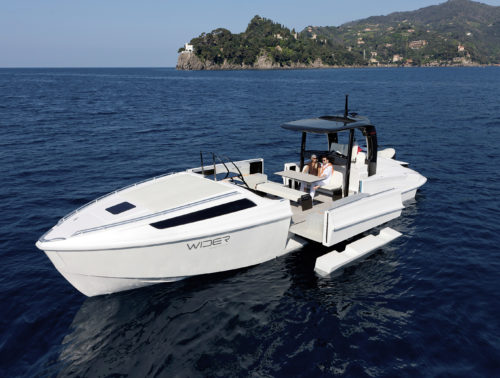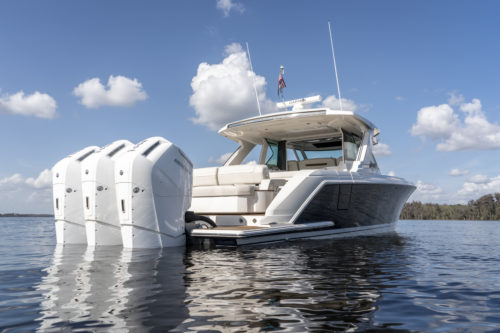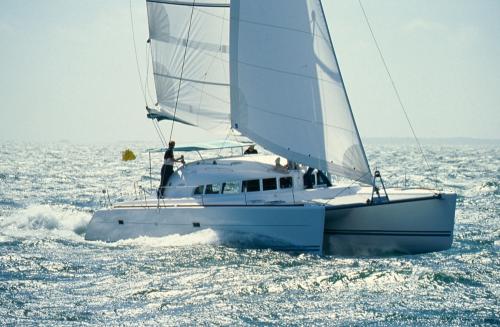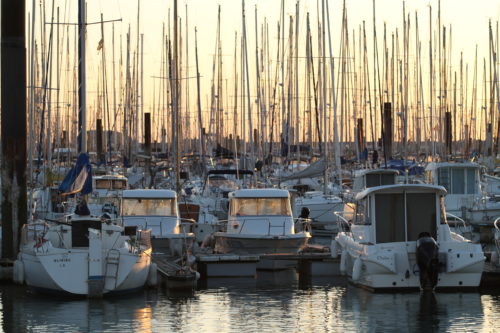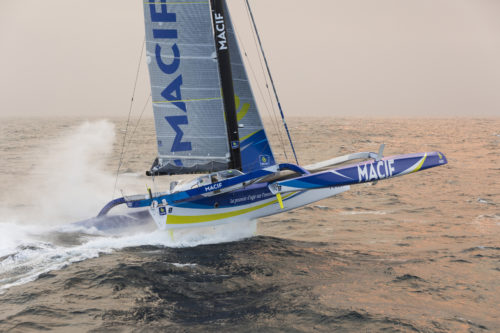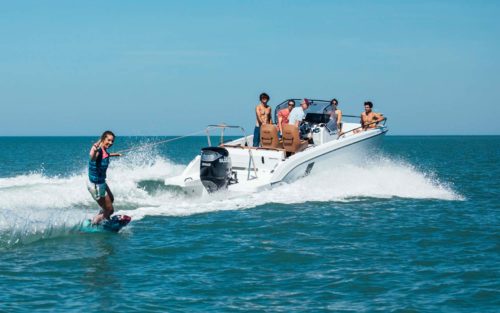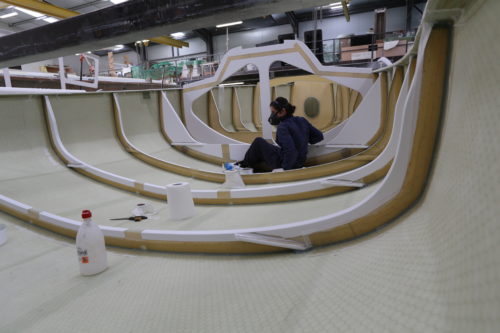Transat Jacques Vabre

Launched in 1993, the Route du Café switched from solo to double-handed and changed its name to the Transat Jacques Vabre, setting out from Le Havre and heading to coffee-exporting countries.
Since Éric Tabarly’s victory in the 1964 English Transatlantic event, the popularity of solo races in France had continued to grow. Florence Arthaud won the Route du Rhum three years before, while Alain Gautier triumphed in the second Vendée Globe event a few months earlier. As these two iconic events had become firmly anchored in the hearts of the French public, and were held every four years or on even years, the company Jacques Vabre decided to launch a new solo transatlantic race from Le Havre to Colombia. It was logically named the Route du Café – coffee route – and was open to 18.28 meter Orma multihulls, as well as monohulls of the same size. The first event saw clear victories for Le Havre’s Paul Vatine in the multihull race, and Yves Parlier in the monohull class. However, the Kraft Jacobs Suchard group, which owned the famous coffee brand, was not satisfied with the limited media coverage compared with the Route du Rhum and decided to bring on board a new organizer – Gérard Petipas and his company Pen Duick – for the following event. The former merchant navy officer and sailor was not only Eric Tabarly’s right-hand man and friend, but also an experienced race organizer. He proposed to change the race’s name to the Transat Jacques Vabre, holding it every two years on odd years, ensuring it passed through the French Antilles and making it a double-handed event to attract foreign crews who had less experience of solo racing, which was more of a French specialty. Following extensive discussions, and despite some initial reluctance, his idea was accepted. The second event in 1995 also finished in Cartagena and was won again by Paul Vatine, this time with Roland Jourdain, and by Jean Maurel and Fred Dahirel.
As the city of Le Havre pulled out all the stops...
Over the years, the Transat Jacques Vabre changed scale, benefiting from an exceptional setting in Le Havre’s fully refurbished docks. The Multi50 and Class40 classes were welcomed on board, and the destinations varied regularly. Following Cartagena in Colombia, Salvador de Bahia and Itajaí in Brazil and Puerto Limon in Costa Rica, the Transat Jacques Vabre cast its anchor in Fort de France in Martinique. This event, won four times by Nice’s Jean-Pierre Dick, has also been the stage for dramatic events and tragedies. In 1997, Yves Parlier, who had invited a certain Eric Tabarly to join him on board, won. At 66, this was the final race victory for the “idol of the waves”, as Olivier de Kersauson called him. The Bourgnon brothers, Laurent and Yvon, triumphed in the multihull category. The race was no longer referred to as the Route du Café, but simply “The Jacques Vabre”. Two years later, while a storm was raging off the Azores, Paul Vatine disappeared at sea after his multihull capsized. His co-skipper Jean Maurel was rescued with great difficulty by a cargo ship and subsequently retired from racing, becoming the Transat Jacques Vabre race director before passing away in 2012 from cancer. The marina where the 100 boats are docked bears the name of Paul Vatine, while the alley next to the locks is named after Jean Maurel, two iconic figures from the Transat Jacques Vabre world.
















